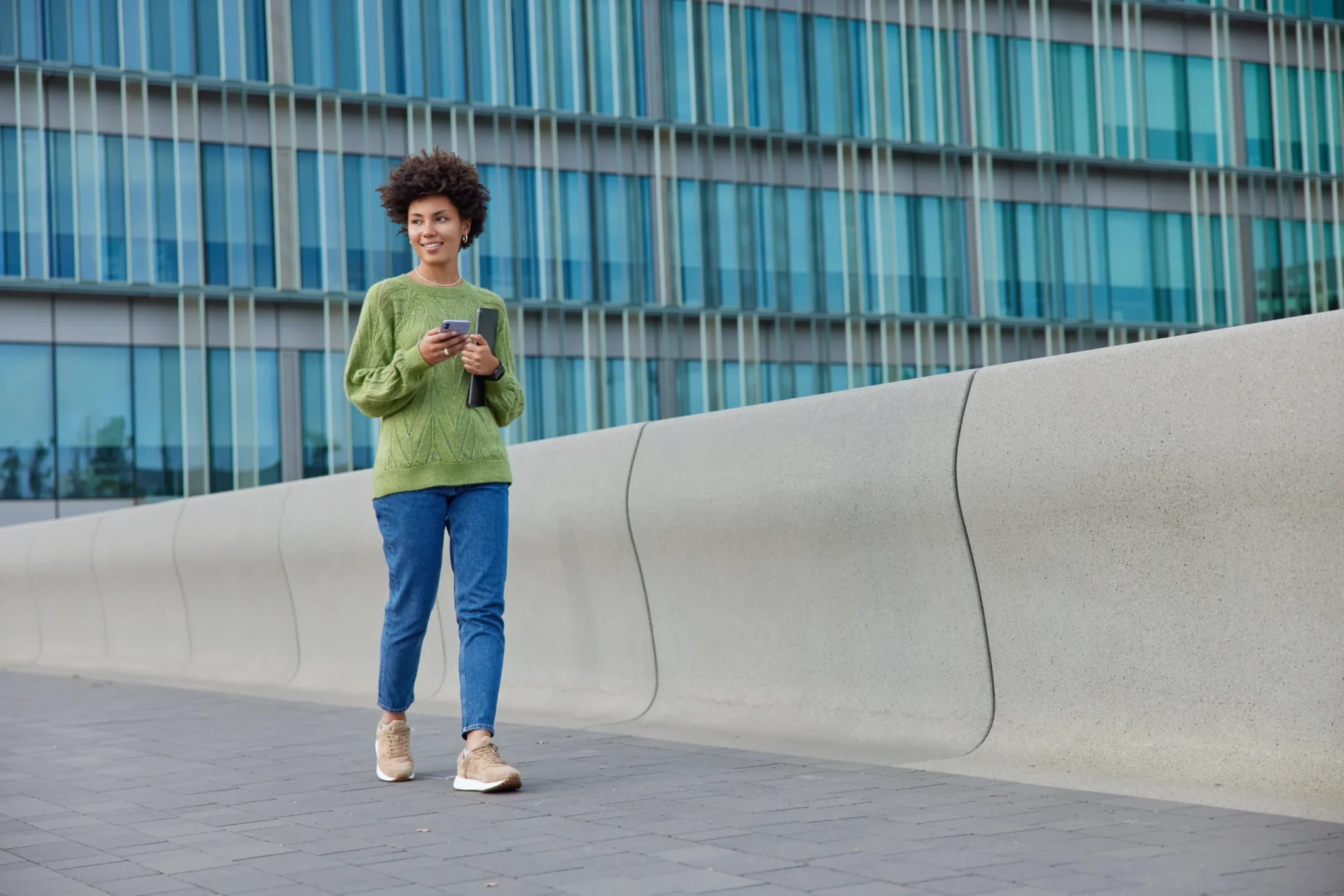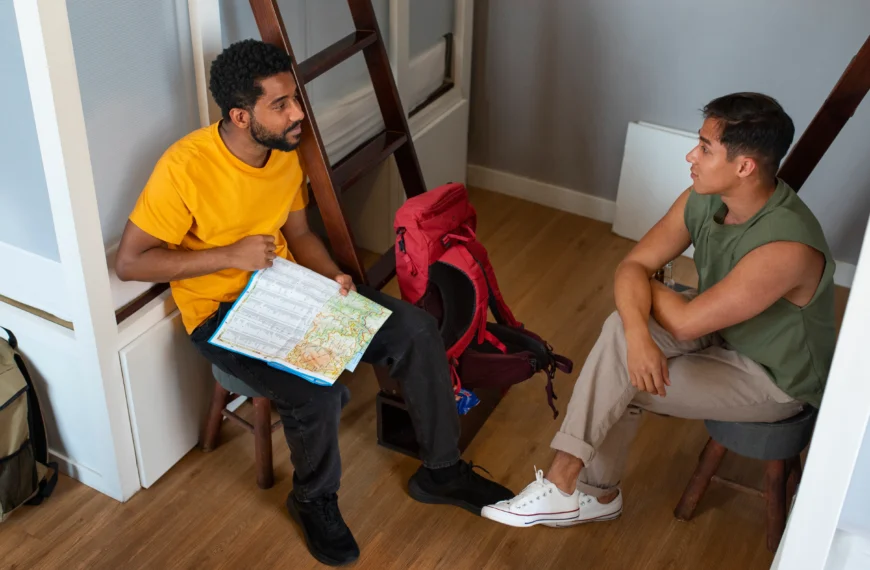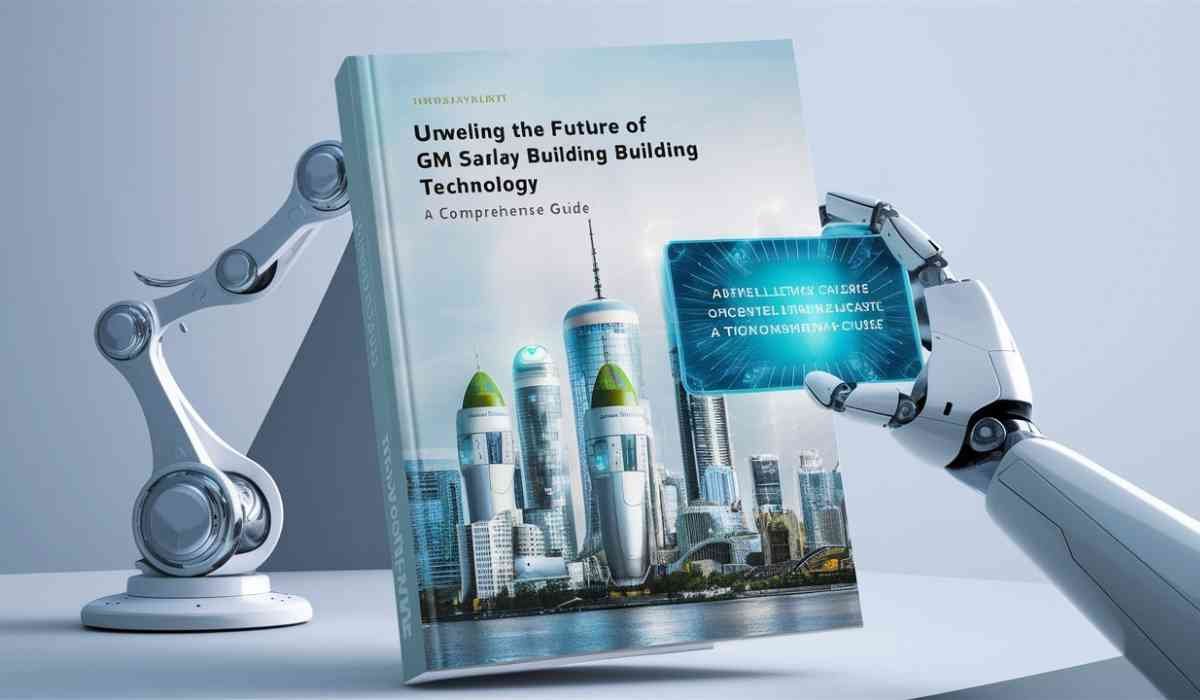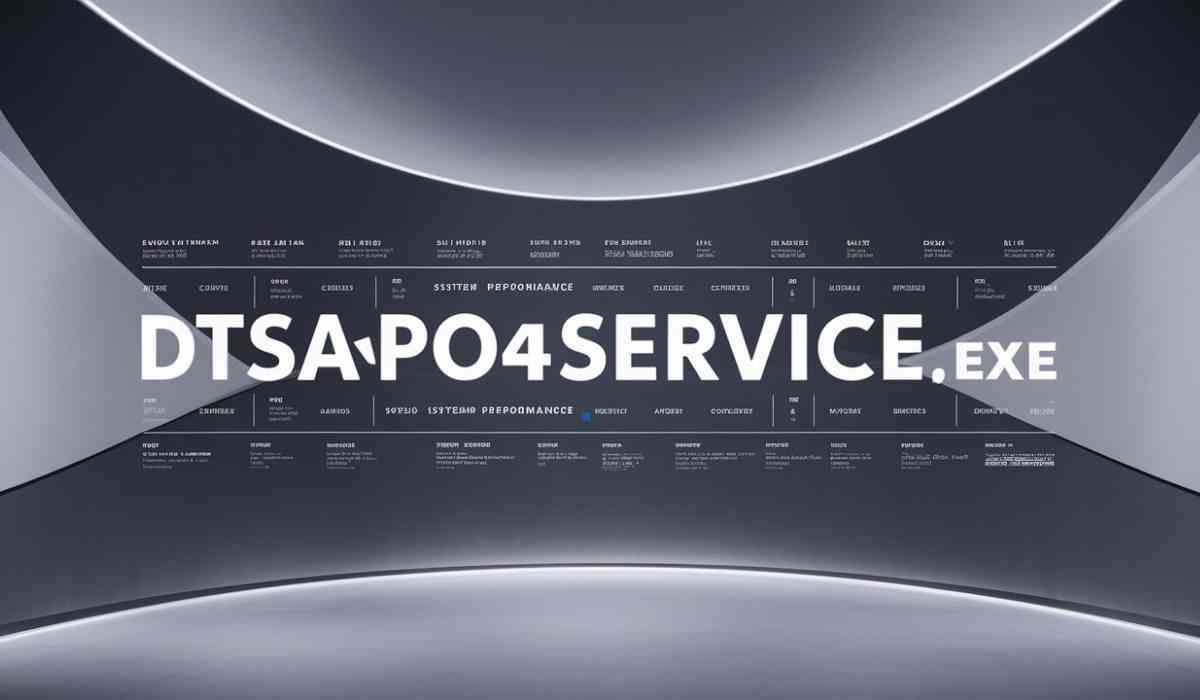Cities worldwide are experiencing a pedestrian renaissance. From New York’s expanded bike lanes to Paris’s car-free zones, urban centers are becoming increasingly walkable. This shift has created new opportunities for residents and visitors to explore cities on foot, discovering hidden gems and experiencing authentic local culture that’s impossible to find from behind a car window.
However, urban walking presents unique challenges that differ significantly from suburban strolling or rural hiking. Navigating complex street grids, finding pedestrian-friendly routes, avoiding construction zones, and discovering worthwhile destinations all require specialized knowledge that digital tools can now provide. Modern smartphones have evolved into sophisticated urban exploration companions, offering pedestrian-specific features that make city walking more efficient, safer, and significantly more enjoyable.
The key to successful urban walking lies in leveraging the right combination of digital tools that address the specific needs of city pedestrians: navigation, safety, discovery, and real-time information about urban conditions.
Navigation Apps Designed for Pedestrians
Traditional driving-focused navigation apps often fail pedestrians by suggesting routes through busy highways or missing crucial pedestrian infrastructure like overpasses, underpasses, and pedestrian-only zones. Fortunately, several applications now cater specifically to foot traffic needs.
Google Maps leads the pedestrian navigation space with its dedicated walking mode, which considers factors like sidewalk availability, pedestrian crossings, and walking-only paths. The app calculates realistic walking times and provides step-by-step directions that account for pedestrian-specific route options that cars cannot access.
Apple Maps offers similar pedestrian functionality with excellent integration into the Apple ecosystem, providing haptic feedback through Apple Watch for discreet navigation guidance. This proves particularly valuable in busy urban environments where constantly checking your phone can be impractical or unsafe.
Citymapper excels in dense urban environments, combining walking directions with public transportation options to create comprehensive multi-modal journey planning. The app understands that urban pedestrians often combine walking with buses, subways, or bike-sharing systems to optimize their routes.
Interestingly, even driving-focused apps can be adapted for pedestrian use with proper configuration. For example, creative workarounds for using Waze as a walking navigation tool allows urban explorers to leverage the app’s crowd-sourced real-time information for pedestrian navigation, despite its primary focus on vehicle traffic.
Safety and Awareness Applications
Urban walking safety extends beyond personal security to include traffic awareness, construction updates, and environmental conditions. Several applications address these pedestrian-specific safety concerns.
Citizen provides real-time safety alerts based on your location, notifying pedestrians about incidents, accidents, or unsafe conditions in their immediate vicinity. This hyperlocal information can help walkers adjust their routes to avoid problematic areas.
What3Words offers a unique solution for location sharing and emergency situations. By dividing the entire world into 3-meter squares identified by three-word combinations, the app enables precise location communication that can be crucial for pedestrians in complex urban environments or emergency situations.
Weather apps have evolved beyond basic forecasts to provide pedestrian-specific information. Apps like Weather Underground and AccuWeather now offer “feels like” temperatures that account for urban heat island effects, precipitation timing, and wind conditions that significantly impact walking comfort.
Discovery and Exploration Tools
One of the greatest advantages of urban walking is the opportunity for spontaneous discovery. Digital tools can enhance this experience by revealing hidden attractions, local favorites, and interesting detours that might otherwise go unnoticed.
Foursquare and its successor Swarm excel at location-based discovery, providing recommendations for nearby restaurants, shops, and attractions based on user reviews and check-ins. These apps understand pedestrian scale better than driving-focused alternatives, highlighting discoveries within reasonable walking distance.
Yelp’s pedestrian-friendly features include distance indicators that show walking time rather than just mileage, helping urban explorers make realistic decisions about detours and destination visits.
Atlas Obscura specializes in unusual and hidden urban attractions, perfect for pedestrians who want to discover the quirky, historical, or unexpected elements that make cities unique. The app’s location-based recommendations often highlight pedestrian-accessible attractions that drivers might never notice.
Health and Fitness Integration
Urban walking provides excellent exercise opportunities, and modern apps can help pedestrians maximize the health benefits while exploring cities. Step tracking, route recording, and fitness goal integration turn daily urban navigation into comprehensive wellness activities.
Apple Health and Google Fit automatically track walking activity, providing insights into daily movement patterns and encouraging increased physical activity through urban exploration. These platforms integrate with other health apps to provide comprehensive fitness tracking.
Strava, traditionally associated with running and cycling, has expanded to include walking activities with social features that allow urban explorers to share interesting routes and discover popular walking paths used by local communities.
Urban Infrastructure Information
Understanding urban infrastructure significantly improves pedestrian experiences. Applications that provide information about public restrooms, water fountains, Wi-Fi hotspots, and accessible routes help walkers plan longer urban explorations with confidence.
Transit apps like Transit and Moovit help pedestrians understand public transportation integration points, enabling seamless combinations of walking and mass transit that optimize urban mobility.
Planning and Route Optimization
Successful urban walking often requires advance planning, especially for longer explorations or when visiting unfamiliar areas. Planning apps help pedestrians create efficient routes that maximize interesting discoveries while minimizing backtracking and unnecessary detours.
Maps.me provides offline mapping capabilities that prove invaluable for international urban exploration where data roaming costs can be prohibitive. The app allows pedestrians to download detailed city maps in advance and access them without internet connectivity.
Komoot specializes in outdoor activity planning with urban walking features that consider pedestrian preferences, surface types, and difficulty levels. The app helps users plan walking routes that match their fitness levels and time constraints.
Social and Community Features
Urban walking becomes more engaging when connected to local communities and fellow pedestrians. Social features in walking apps can provide safety through numbers, local knowledge sharing, and motivation through community challenges.
Strava’s segment features allow pedestrians to compare their walking times on popular urban routes with other community members, turning routine city navigation into friendly competition and encouraging exploration of new neighborhoods.
Meetup helps urban walkers connect with organized walking groups, historical tours, and community events that transform solitary urban exploration into social experiences while providing local expertise and safety through group activities.
The Future of Urban Pedestrian Technology
As cities continue evolving to prioritize pedestrian experiences, navigation technology is adapting accordingly. Professional travel and navigation experts at WavyDestinations observe that the most significant improvements in urban walking technology focus on integration between multiple data sources, real-time community reporting, and personalized route optimization based on individual preferences and accessibility needs.
Augmented reality features are beginning to appear in pedestrian navigation apps, overlaying directional information directly onto smartphone camera views of city streets. This technology promises to make navigation more intuitive while keeping pedestrians’ attention focused on their actual surroundings rather than smartphone screens.
Machine learning algorithms are increasingly personalizing urban walking recommendations based on individual preferences, past routes, and community feedback. These systems learn from pedestrian behavior patterns to suggest routes and destinations that match personal interests while avoiding problematic areas or conditions.
Conclusion
Digital tools have transformed urban walking from a potentially frustrating navigation challenge into an opportunity for discovery, exercise, and authentic city experiences. The key to maximizing these benefits lies in understanding which applications best serve specific pedestrian needs and learning to integrate multiple tools effectively.
The most successful urban pedestrians combine navigation apps with safety tools, discovery platforms with fitness tracking, and planning applications with real-time information sources. This comprehensive approach ensures they can navigate confidently while remaining open to spontaneous discoveries that make urban walking truly rewarding.
As cities continue investing in pedestrian infrastructure and technology continues advancing, urban walking will become increasingly accessible and enjoyable. The digital tools available today represent just the beginning of a technological revolution that promises to make cities more walkable, discoverable, and engaging for pedestrians of all abilities and interests.
Whether you’re a daily urban commuter, weekend city explorer, or tourist discovering a new destination, leveraging the right combination of pedestrian-focused digital tools can transform every walk into an efficient, safe, and enriching urban adventure.









